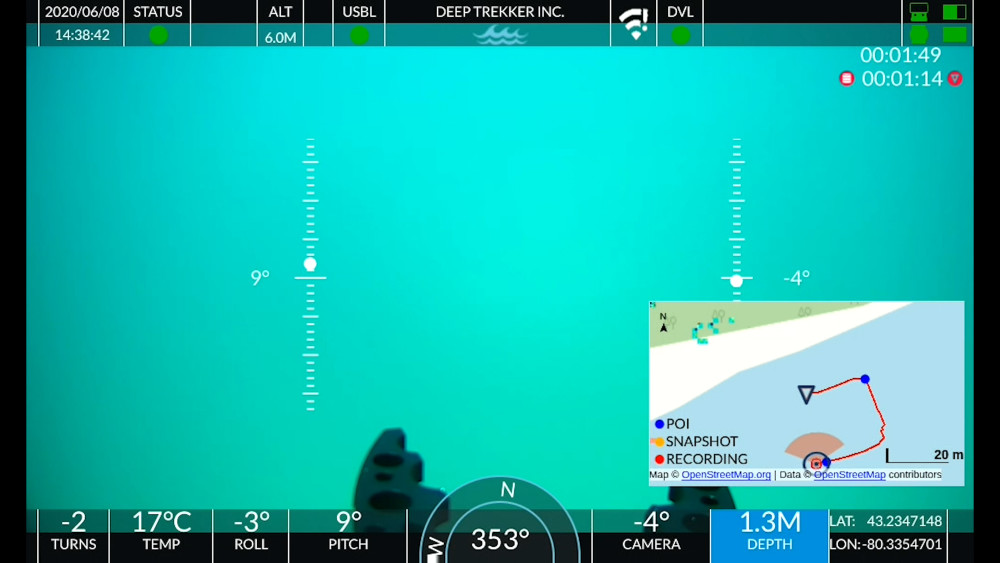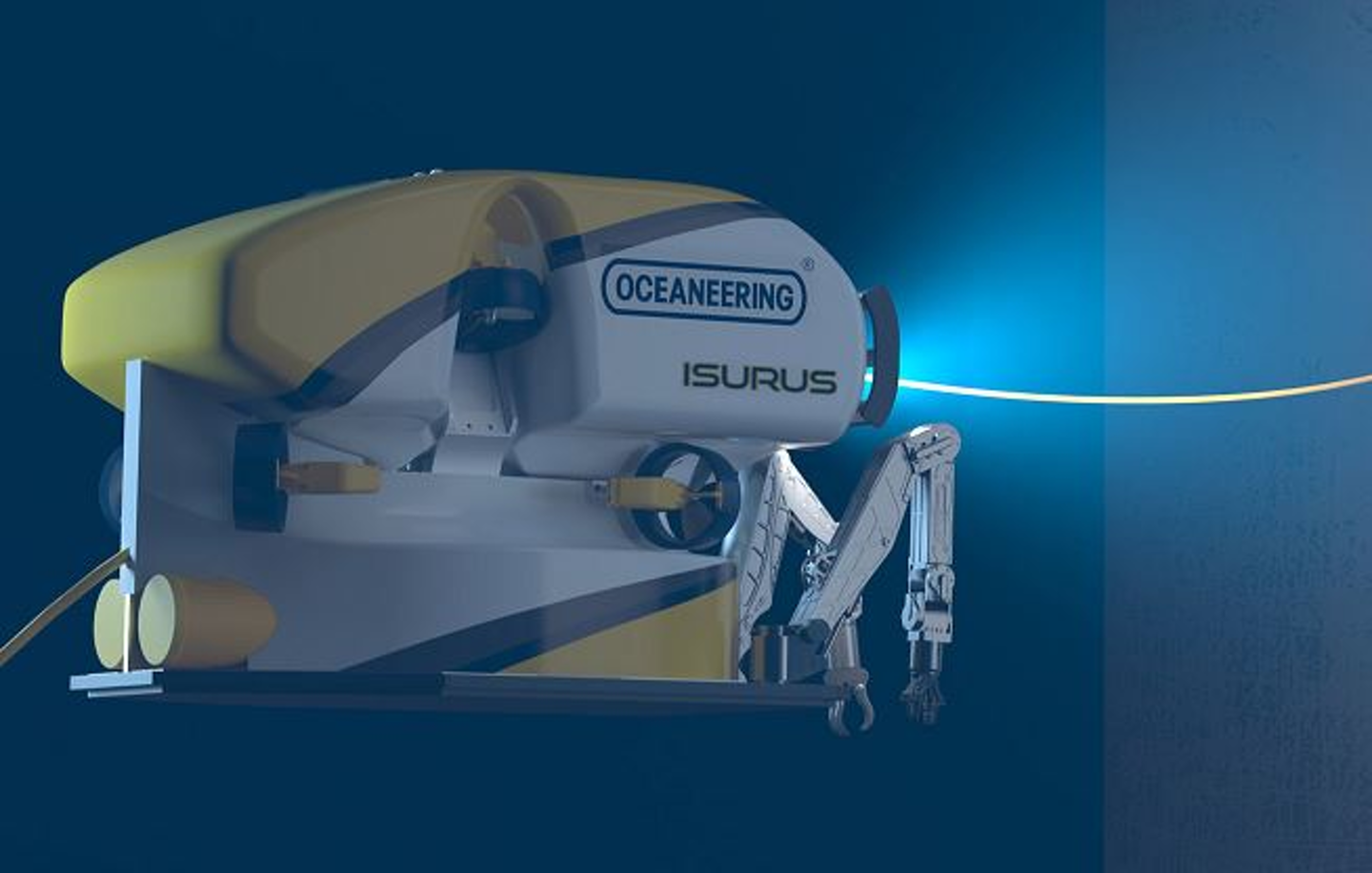Home › Forums › General › Interesting Websites › Vessel Tracking (UK/EU and other areas)
- This topic has 11 replies, 8 voices, and was last updated 13 years, 11 months ago by
Rons_ROV_Links.
-
AuthorPosts
-
June 1, 2010 at 9:47 am #3560
James McLauchlan
ParticipantJune 2, 2010 at 5:22 am #28056Mark McGirr
Participantbeen using this for a while. Handy little tool, although doesn’t cover all areas.
June 2, 2010 at 8:58 am #28057gr8
Participantbeen using this for a while. Handy little tool, although doesn’t cover all areas.
Really? For example which areas…?
June 2, 2010 at 9:16 am #28058iROV
ParticipantVessel tracking capabilities seems to be limited to coastal areas.
June 2, 2010 at 12:02 pm #28059gr8
ParticipantAll vessel tracking web pages are limited to coastal areas. They are using AIS system and as all of us know, AIS is working on UKF freq., so it depends of the high of antenna – the range is usually a few miles but sometimes, during the very good conditions it could be up to 150 miles.
June 2, 2010 at 2:09 pm #28060baglimit
Participanthttp://www.aisliverpool.org.uk/traffic.php?map=uk
ive preferred this one for north sea watching – more info
June 2, 2010 at 6:12 pm #28061James McLauchlan
ParticipantThe International Maritime Organization’s (IMO) International Convention for the Safety of Life at Sea (SOLAS) requires AIS to be fitted aboard international voyaging ships with gross tonnage (GT) of 300 or more tons, and all passenger ships regardless of size. It is estimated that more than 40,000 ships currently carry AIS class A equipment.
Ships outside AIS radio range can be tracked with the Long Range Identification and Tracking (LRIT) system with less frequent transmission.
AIS Range limitations and space-based tracking
Shipboard AIS transponders have a horizontal range that is highly variable but typically only about 74 kilometers (46 mi). They reach much further vertically, up to the 400 km orbit of the International Space Station (ISS).In November 2009, the STS-129 space shuttle mission attached two antennas – an AIS VHF antenna, and an Amateur Radio antenna to the Columbus module of the ISS. Both antennas were built in cooperation between ESA and the ARISS team (Amateur Radio on ISS). Starting from May 2010 the European Space Agency is testing two different AIS receivers, one from Luxspace (GdL), one from FFI (Norway) in the frame of technology demonstration for space-based ship monitoring. This is a first step towards a satellite-based AIS-monitoring service.[4]
In 2008, ORBCOMM launched new low-earth orbit (LEO) satellites, equipped with the capability to collect AIS data. Additionally, ORBCOMM has incorporated the ability to receive, collect and forward AIS data in the design of the next 18 ORBCOMM Generation 2 (0G2) satellites under development. As additional satellites are launched, ORBCOMM will increase its capability by providing greater redundancy and more frequent updates of AIS data.[5] In 2009, LUXSPACE, a Grand Duchy of Luxembourg based company has launched PathFinder2, (ex-Rubin) and is now the only European company to have an operational system in orbit providing data from all over the world on a daily basis. The satellite is operated in cooperation with SES ASTRA and REDU Space Services. [6] In 2007, a previous test of space-based AIS tracking by the U.S. TacSat-2 satellite suffered from signal corruption because the many AIS signals interfered with each other.
http://en.wikipedia.org/wiki/Automatic_Identification_System
June 3, 2010 at 5:58 am #28062Mark McGirr
Participantbeen using this for a while. Handy little tool, although doesn’t cover all areas.
Really? For example which areas…?
You need an AIS receiver and then have to transmit it so it can get on the site. Changi in Singapore is one of the areas not covered.
June 11, 2010 at 1:40 pm #28063Sit Rep
Participanthttp://www.marinetraffic.com/ais/addyourarea.aspx?level1=150#3
I have been using the marine traffic website for a couple of months now and find it pretty good. So good that I have actually queried bridge staff on different vessels when I’ve joined them if there transceiver is operating when I haven’t been able to locate them.
There does seem to be an alternate way of providing/decoding AIS data by using a VHF radio and a computer, something that I have considered as my own "small" boat has a VHF radio (Ch 87).
July 27, 2010 at 12:08 pm #28064DANFROV
KeymasterI have another link to AIS below, have fun.
DanF
July 27, 2010 at 7:53 pm #28065Rons_ROV_Links
ParticipantAlso a nice AIS tracking website: http://aprs.fi/
July 27, 2010 at 7:56 pm #28066Rons_ROV_Links
ParticipantAnd this is a Norwegian AIS tracker from NavCom: http://www.navcom.no/aislive/index.aspx?myid=1
-
AuthorPosts
- You must be logged in to reply to this topic.



